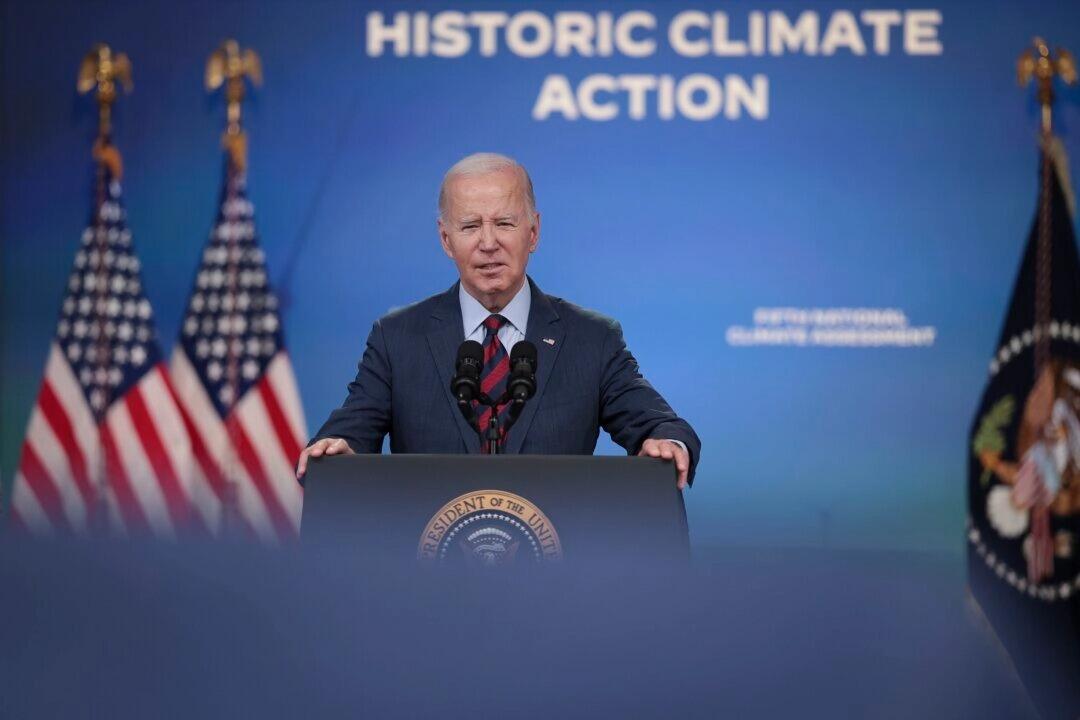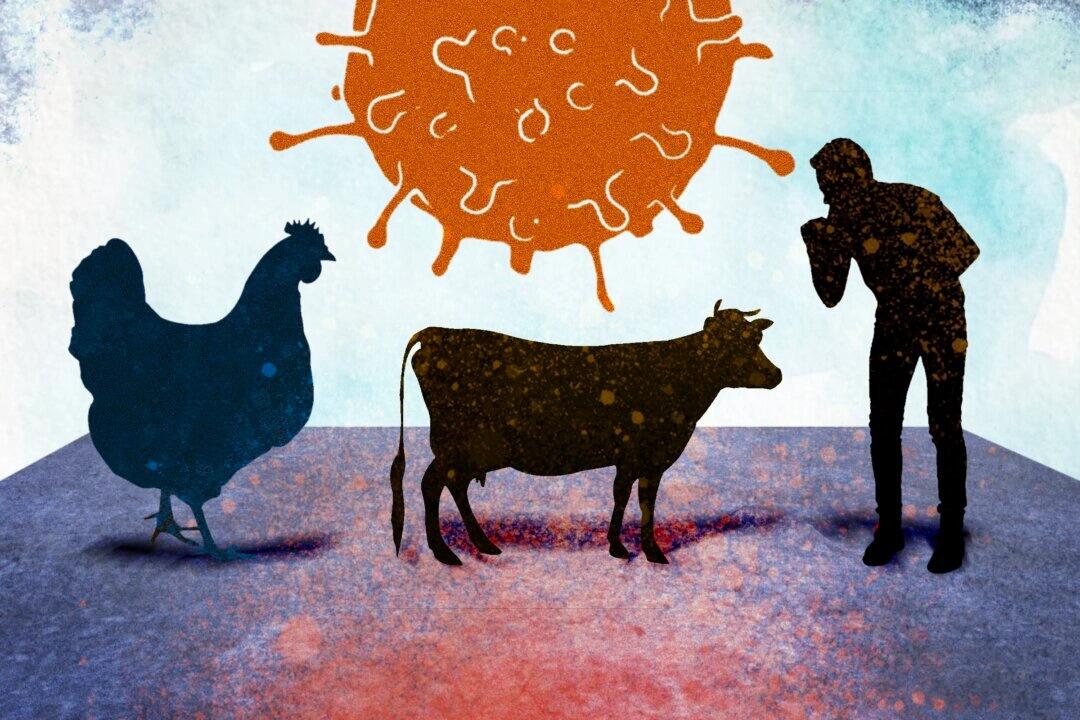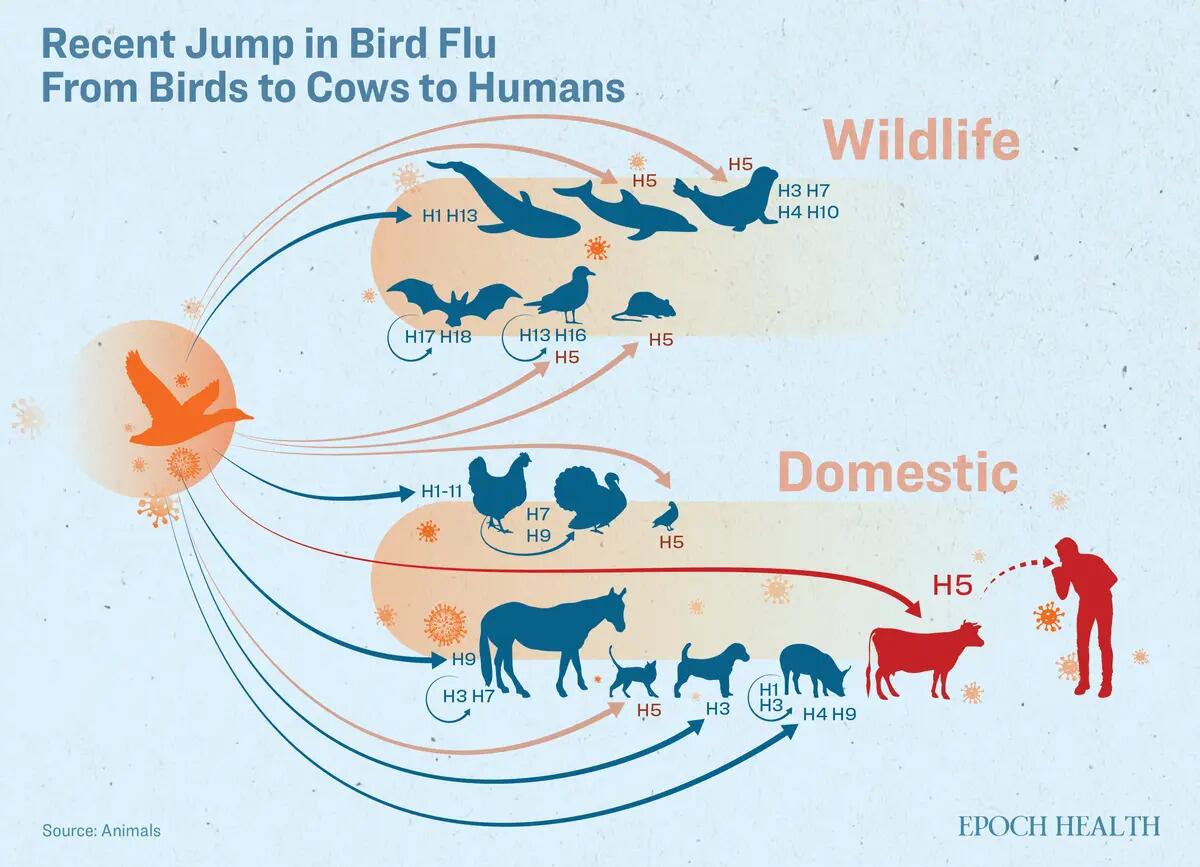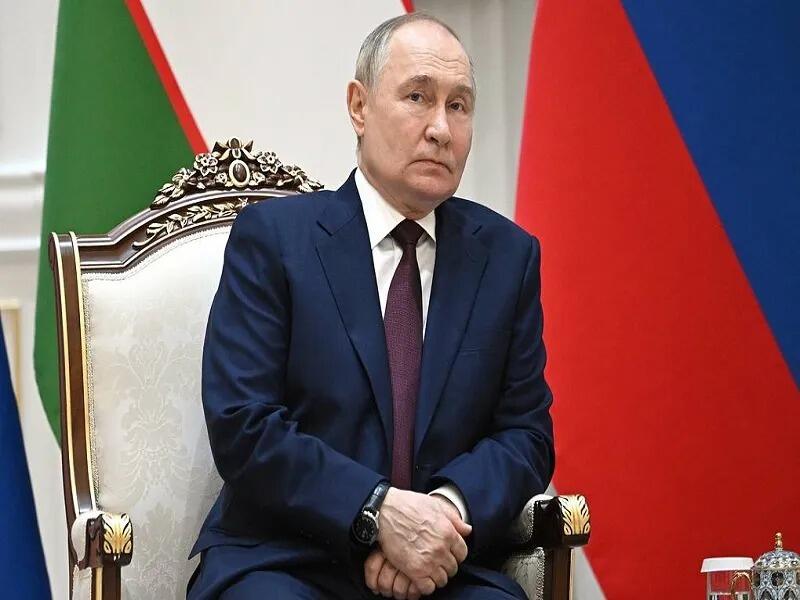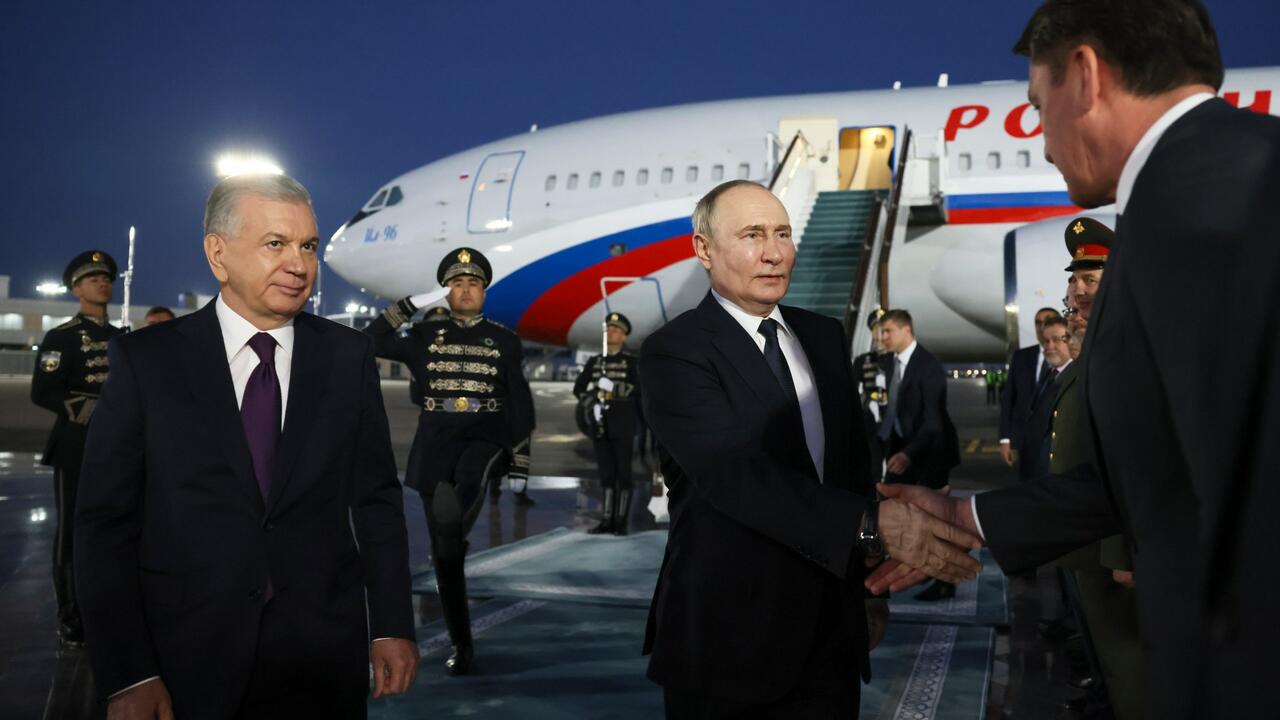Here's an interesting contrarian view of China. My understanding is that the Chinese economy is following on the tracks of Japan's post bubble in the 1990s but I may be wrong. The bad investments may be far worse than stated and not just limited to real estate. In which case the crash could come much faster than in Japan and be more global. The current deflationary trend out of China as well as the weakening of the Yuan could be indications that this analysis in indeed correct.
In such a case, the coming recession in the West instead of being softened by mild Chinese economic growth will be further amplified into a depression as real money becomes scarce and investment evaporates. We may have inadvertently created a perfect storm. Predicting exactly when it's going to break is impossible but the gathering clouds are clearly indicating that we may not have very long to wait.
Two consequences may occur more or less simultaneously: A breakdown of the global supply chain and the start of military operation almost simultaneously around the globe. Who will strike first? Israel in Lebanon in the coming weeks? But does it really matter at this stage? Putting straw next to flammable material was the mistake. Watching the barn burn is just a consequence.
Has China Run Out of Dollars? by Geovest
What is wanted is not the will to believe, but the will to find out, which is the exact opposite – Bertrand Russell
I would like to know how many dollars are in China’s Reserve Account but the number is a state secret. For a nation that has been as successful as China in employing mercantilist strategies, you’d expect them to advertise this success. Yet we do know some things which makes it possible for us to infer with some degree of confidence that China is running out of dollars. I consider this variable to be the single biggest risk to the global financial system and it’s hardly on anyone’s radar.
It helps to first understand the economics of banking and money supply. When all debt instruments – loans and bonds – pay interest and principal as they are supposed to, money supply grows. When some of those debt instruments go bad, the amount that gets written off reduces money supply. It’s the definition of deflation; disinflation is when the general price level declines. The distinction is critical to understand.
My thesis is that China has made so many bad dollar-denominated loans that their true net holdings of dollars is either negative or close to going negative. And based on watching how China operates for 30 years, I believe they may be supplementing their currency reserve account with yuan, which has technically been a reserve currency since 2016.
For starters, we know that the yuan became a supplementary reserve currency in October 2016, at a time when China’s holdings of dollars, euros, and yen was rapidly declining. I believe the timing of this change is critical for accepting my thesis. Technically, this change made it possible for China to hold yuan in their measurement of foreign exchange reserves.
Appearances are more important than the truth in China and the Chinese Communist Party has proven that duplicity is acceptable as long as you can sell it to the broader community.
We know that the US dollar represented 79% of the reserve account in 2005 and that dollar holdings fell to 58% of the reserve account by 2014. 2014 was the high-water mark for China’s foreign currency reserves which declined by $1 trillion from late 2014 until the start of 2017. Over the past seven years, reserves have stabilized around $3.2 trillion.
We also know that trade with the US has NOT grown since 2014 indicating that China has had limited opportunities to re-build their dollar positions. Here’s a chart of China’s trade surplus with the US. Keep in mind that China needs to generate significant dollar levels in trade to pay for imports of food (20%+), energy (80%), and high-end technology that they can’t produce domestically. Apart from Russia and Iran, these markets don’t accept yuan.
Over the past two years, trade with the US and Europe has weakened while trade with Russia has doubled. The Russians don’t pay in US dollars, nor does Iran.
Don’t Forget the Debt!
Debt is one person’s liability, but another person’s asset – Paul Krugman
Fifteen years ago, when the Fed’s quantitative easing program was in full swing, the only smart bet seemed to be shorting the dollar in the form of dollar-denominated debt. Today that bet doesn’t look smart at all.
Since 2009, China has amassed between $2.5 trillion and $3 trillion worth of US dollar-denominated loans, effectively hedging their $3.2 trillion of forex reserves. What originally looked like an intelligent move to insure against Federal Reserve profligacy, now represents a significant hurdle to overcome in attracting foreign capital.
A sharp drop in the yuan versus the dollar and a further decline in US imports of Chinese-made goods and that dollar-denominated debt becomes untenable. That’s when it becomes a huge problem for the unregulated Eurodollar markets that supplied the funding. In other words, the global banking system is on the cusp of having a massive hole blown in it when the yuan eventually reaches intrinsic value and the Chinese are unable to service Eurodollar debt.
Deflation in its simplest form means loss. If you’re Tom Brady, you remove air from a football and the world calls it “Deflategate”. If you have an unsustainable high opinion of your worth, you are subject to having your ego deflated. In economics, they tell you that the general price level has declined, blah, blah, blah.
Deflation means losses. If a nation’s banking system makes bad loans in the collective, that nation will experience deflation because money in circulation declines when the banking system incurs losses. This is what happened in the US in 2008 which is why the Fed started quantitative easing, or QE. In effect, they injected dollars into the banking system to replace the dollars destroyed with bad investments. According to HSBC, the People’s Bank of China has “printed” 15% of currency in circulation over the past year as a means towards offsetting part of the deflation in their domestic economy. It’s not nearly enough.
The Fed also created swap vehicles with global central banks to effectively inject US dollars into the Eurodollar markets. The Fed will swap dollars for yuan, yen, euros, etc., to get past temporary imbalances in the Eurodollar markets.
China, collectively, has been making massive investments for the past fifteen years and suffering massive losses. These losses span from excess industrial capacity to consumer loans to massive “glamour” infrastructure projects across the nation. These projects required trillions of dollars to pay for the imported components of the investments. Everything has been capitalized with debt. Perhaps the most egregious of these losses has been Xi’s once vaunted Belt and Road Initiative.
A Brick and Road Upside the Head
The only thing my old man ever gave me was a beating – Sonny Liston
Just about every investment initiative backed by Xi Jinping has taken a beating. Whereas King Midas turned everything he touched into gold, Xi turns everything he touches into deflation. This acolyte of Mao seems to have the same flair for economic and social destruction as his mentor.
His acumen is on full display in his Belt & Road Initiative, supposedly a modern attempt at recreating the Silk Road between the East and West by building rail lines through much of the most inhospitable topography in the world. This includes the Tibetan Plateau and the Himalayas, tunneling through mountains and building massive bridges between mountains, to access regions with very little economic potential.
But it’s not just rail, he’s invested massively in places where nobody else would invest such as a massive port facility for Sri Lanka and a massive airport in the jungles of Cambodia. In total, Xi has spent at least $1trillion on the BRI, most of which is valued in dollars. The result is that at least 75% of the BRI investments are already bad which implies that nearly $800 billion has vanished from the Eurodollar markets – gone.
The BRI was started when China was flush with excess dollar reserves acquired through exports to the US and foreign direct investment (FDI) from investors who believed China was the future. Those exports haven’t grown since 2014 and FDI has dropped by over 90%. The dollar-denominated debt represented a synthetic short on the US dollar and US economy and a long position on the emerging economies of the world. It’s been a disaster which is why debtor nations have needed aid from the IMF and World Bank to help with their excessive dollar-denominated obligations.
Despite all of these red flags, the prevailing narrative holds that China is flush with dollars in their currency reserve account. My thesis is that China is holding renminbi in that account and bluffing on their financial strength. If I’m right, the global economy is facing the biggest “beating” since WWII and possibly bigger than anything faced in the 20th Century.
Export Focus
As Austrian business cycle theory has pointed out, any bank credit inflation sets up conditions for “boom-and-bust”; there is no need for prices to actually rise – Murray Rothbard
We may not have the numbers to conclude that China has run out of dollars but we can deduce China’s reserve predicament by observing what China is doing in international markets. They are flooding the world with their excess production instead of developing their own domestic markets. They are also paying higher prices for their imports even as their consumer and producer prices fall.
China is built on debt; there is practically no equity to soften their decline. They may be the world’s leading manufacturing nation but manufacturing brings both operational and financial leverage and China has extraordinary excesses of both. Slowing demand makes both forms of leverage unbearable thanks to cost absorption over fewer units.
Let’s use the steel industry to illustrate this point. In 2023, China represented 50% of global steel output by tonnage but only 30% of steel output by value. For all of 2023, Chinese steel exports rose by 36% based on tonnage but declined by 8.3% by value. That, my friends, is dumping. We can observe similar behavior in electric vehicles, solar panels, and lithium batteries.
Making matters worse, Xi Jinping has directed state-owned enterprises (SOE’s) to “bet the ranch” on EV’s and green energy right when the Western world is coming to its senses on the viability of this form of transportation and energy. Europeans are cutting back on EV purchases even as BYD’s cheap EV cars are piling up on the dock in Rotterdam and Bristol.
The biggest problem for China, by far, is the fact that contract manufacturing is migrating out of China and with it, China’s biggest source of dollars in trade. The once bustling cities of Shenzhen, Dongguan, Guangzhou, and Hangzhou are starting to resemble Detroit with empty factories and apartment buildings. The private owners of these factories are closing their doors because there are insufficient orders from foreign buyers. The ones that do keep the lights on are forced to price at the margin and often finance the orders themselves. We normally see this kind of activity in companies that are close to bankruptcy where they are simply generating cash flow to make it to next month.
Phantom Reserve of Dollars
The first lesson of economics is scarcity: there is never enough of anything to fully satisfy all those who want it. The first lesson of politics is to disregard the first lesson of economics – Thomas Sowell
You know there is a serious problem when a story hits the media in June of 2023 about China having excess stores of US dollars in its banking system. The source was credited to Brad Setser, a former Treasury official. Setser claimed that Chinese banks held $3 trillion in “shadow” reserve accounts.
The problem is that you can’t hide $3 trillion. Is Setser referring to deposits at Chinese commercial banks from trade? Are they the aggregate notional amount of a swap arrangement? Are they assets on the books of Chinese banks that are a function of a carry-trade – perhaps they borrowed in yen and bought US dollar assets? The only usable reserves would come from dollar deposits or from a swap arrangement with the Federal Reserve. All we know for certain is that China supposedly had $3.2 trillion in official currency reserves against aggregate short-term borrowing in the Eurodollar markets of $2.9 trillion. Everything else is noise.
You could say that nobody would fall for that nonsense but the truth is that we’ve been falling for China’s nonsense for 30 years. China has been the perfect example of the old credit card model from the 1990’s where bad underwriting standards were obscured by growth of card balances. Once the growth stopped, losses overwhelmed their capital positions.
Conclusion
For at least another hundred years we must pretend to ourselves and to every one that fair is foul and foul is fair; for foul is useful and fair is not. Avarice and usury and precaution must be our gods for a little longer still – John Maynard Keynes
As it pertains to China, the market is disregarding the growing suppuration of deflation coming from China. In the first half of the Great China Cycle, cheap imports from China allowed central bankers to concentrate on creating an asset bubble to allow an aging western society to continue consuming. It was great while it lasted but now the second part of the cycle has arrived – some call it the Great Reckoning.
The political class wants you to ignore what I believe is obvious and potentially contagious. I believe China is close to running out of dollars and when it happens, we’re going to see scarcity in the Eurodollar markets along with financial insolvency far worse than 2008.
The authorities know about the problem otherwise there would never have been a need for Setser to comment on hidden reserves. That was the tell and we’ve seen the authorities play this hand many times before.
I’ve got two indicators. The first is the yuan. When it decisively breaks above 7.36 to the dollar, it will be game-on.
The second is copper which I believe is elevated from a false belief that we’ll aggressively add to the electric grid to accommodate artificial intelligence. When copper breaks below 3.20 on the CME along with a weak yuan, deflation will follow.
I don’t know when it’s going to break because China has been holding onto the ghost since 2016. It’s also an election year in the US. But ultimately, cash flow forces markets to clear at intrinsic value for at least a little while and that’s why my best advice is to expect this to be the second act after something else breaks the markets.
